Access means to reach. In order to perform dialysis, we first need to reach the blood stream of the patient. In hemodialysis, this access is established through any one of the following 3 ways:
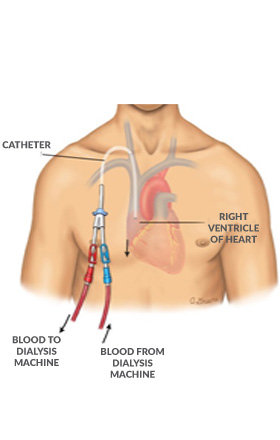
A dialysis catheter is a soft tube placed either in the neck or leg. It is a temporary access as it has a short life. This option is considered only for sudden cases of kidney failure who require immediate and short term dialysis for example - cases of acute kidney injury. Such patients may require few sessions dialysis and then their natural kidneys may take over its function again. However, in case of chronic kidney disease (CKD), the natural kidneys cannot take over their function and hence, they require lifelong dialysis. Such patients are not candidates for dialysis catheters rather they need an A V fistula.
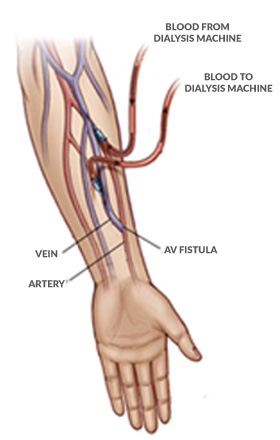
A V fistula is a route made surgically by joining an artery to a vein. Construction of A V fistula is a minor surgery which is done by a Vascular Surgeon. Once it is constructed, it cannot be used immediately for dialysis. It needs 4 – 6 weeks to mature (blood vessels need to become strong enough to allow a rapid flow of blood through it).
Exercising your arm before and after surgery may encourage a fistula’s development and maturation. Once mature, a fistula is easier for the dialysis staff to puncture in order to get a good blood flow needed for dialysis.
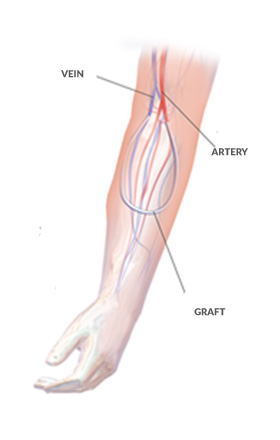
A graft is a surgical connection of an artery and a vein by a synthetic tube. In case your veins are poor then a fistula may not be possible and in such cases a graft remains the next choice. It requires lesser time than A V fistula to develop. It can be used after 2 weeks of construction.
Catherization is recommended in an emergency.
Read More
Fistula is the most stable method for Dialysis
Read More
Graft is only recomended if your veins are weak
Read More
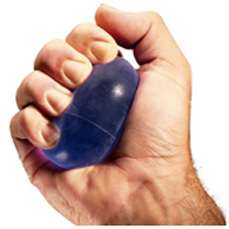
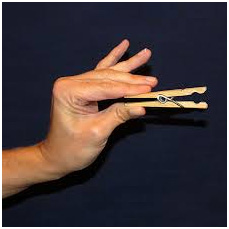

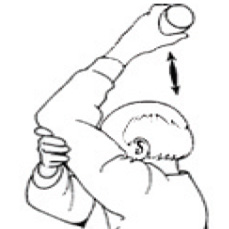
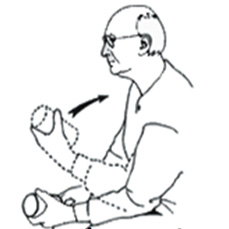
Once your fistula is constructed, you need to feel it and hear it. You will feel vibrations coming from it and will hear a rushing sound (which can be heard if you take your hand near to your ear).
You need to FEEL this and LISTEN to this EVERYDAY, WITHOUT FAIL. This ensures your fistula is working well.
After your AV Fistula surgery till its puncturing, contact your surgeon immediately if there is:
This may indicate a failure of that A V fistula and a new one may need to be constructed.
After your A V fistula has matured and it is ready for puncturing, you need to take following care:
If there is any pain, swelling or redness around your fistula, it may be an infection and hence notify this immediately to your dialysis centre.
A V fistula is the best choice for dialysis access as it lasts much longer than dialysis catheter or graft. It can work even for decades if handled with precautions and care. It is the most preferred access as it has less chances of infection.